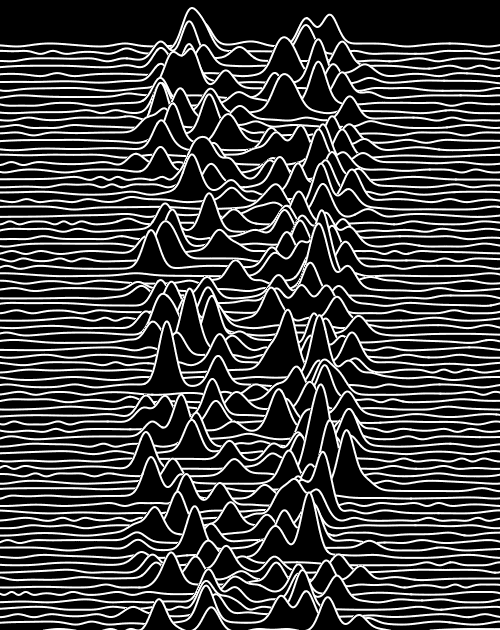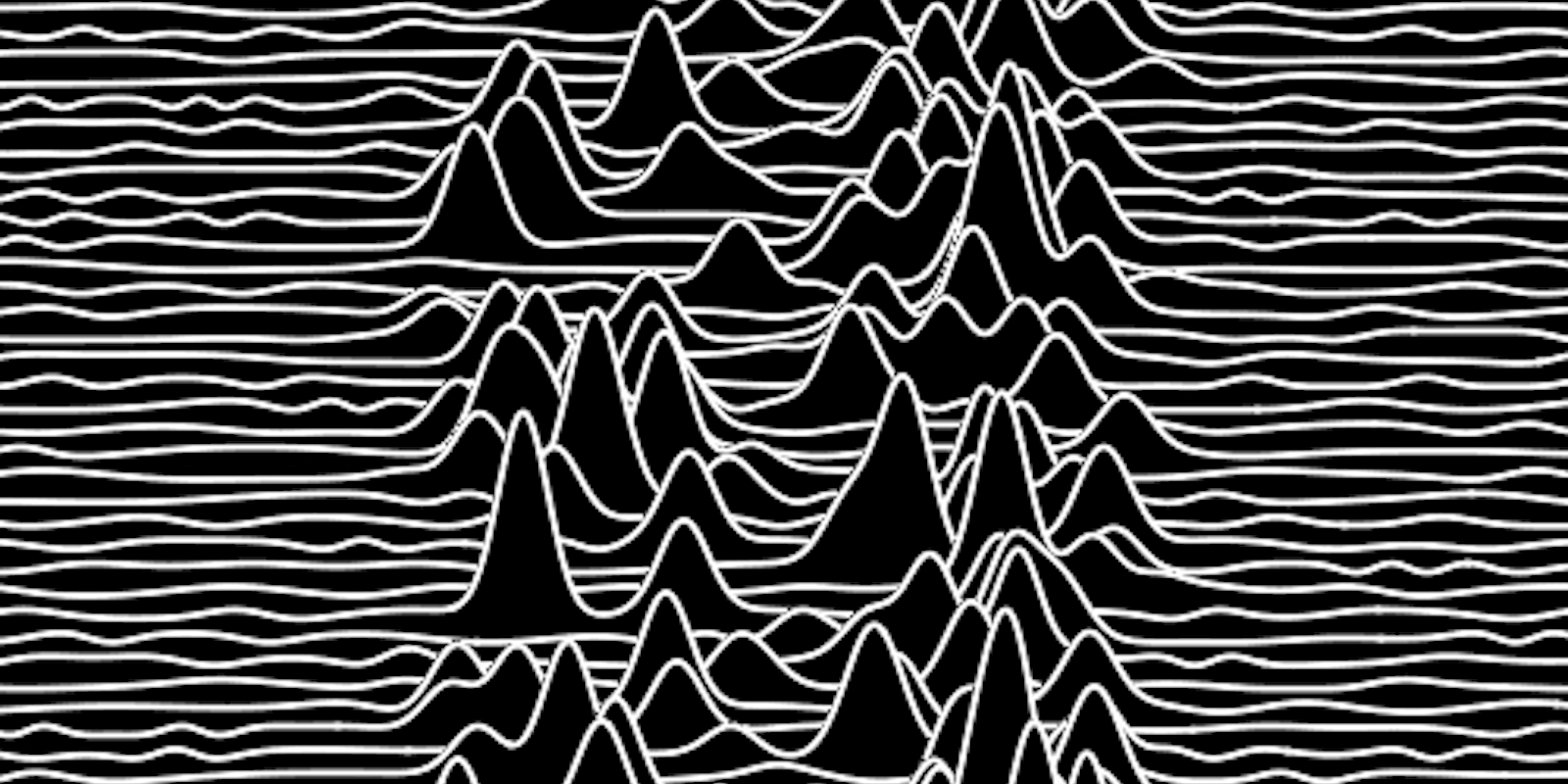Here at the Daily Dot, we swap GIF images with each other every morning. Now we’re looping you in. In the Morning GIF, we feature a popular—or just plain cool—GIF we found on Reddit, Canvas, or elsewhere on the Internet.
This is a visualization of radiation bursts that blast out with clock-like regularity from Pulsar CP-1919, more than 2,000 light years from Earth.

Tumblr user archery, who made the visualization using the Mathematica program, explained the history of Earth’s relationship with this particular radio signal:
“In July 1967, astronomers at the Cavendish Laboratory in Cambridge, observed an unidentified radio signal from interstellar space, which flashed periodically every 1.33730 seconds. This object flashed with such regularity that it was accurate enough to be used as a clock and only be off by one part in a hundred million.”
Pulsars are neutron stars: the remnants of dead stellar giants that are only about 12.5 miles wide. As archery pointed out, that’s about the size of San Francisco Bay.
So far 3,467 people have spread this radio signal across Tumblr. Read more of the story behind CP-1919 and see other excellent Mathematica GIFs at archery’s Tumblr here. (Bonus! Joy Division trivia.)


